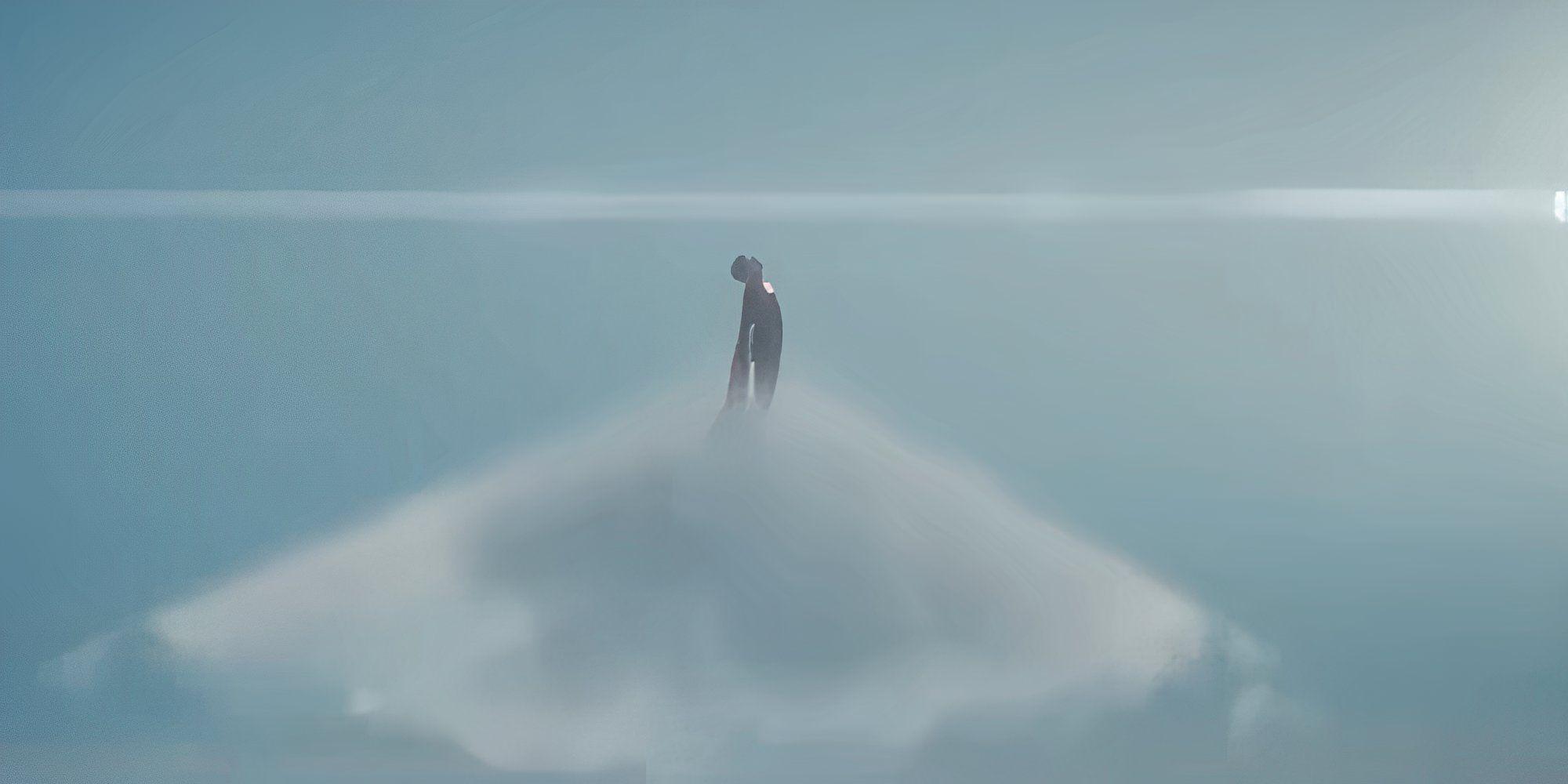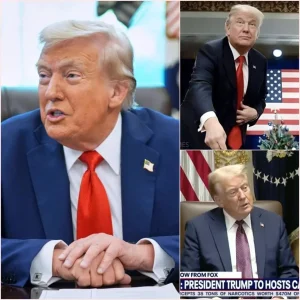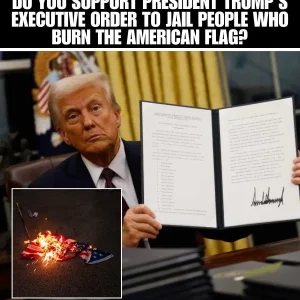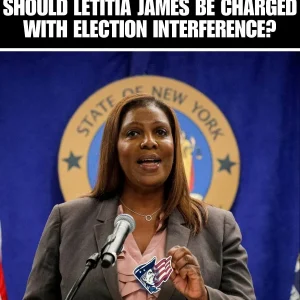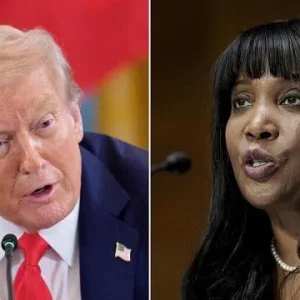The upcoming Superman film, directed by James Gunn and set for release on July 11, 2025, has sparked intense debate among fans, particularly over its flight scenes featuring David Corenswet as the Man of Steel. These sequences, showcased in trailers and TV spots, have drawn comparisons to the flight scenes of Henry Cavill’s Superman in Zack Snyder’s Man of Steel (2013) and Tyler Hoechlin’s portrayal in The CW’s Superman & Lois. The discourse centers on Gunn’s use of practical effects, cinematographic choices, and the aesthetic of Corenswet’s Superman in flight, with fans split on whether this reboot surpasses or falls short of its predecessors. This article delves into the technical and artistic differences between the flight scenes of these two Superman iterations in 2025, exploring why they’ve become a lightning rod for discussion.
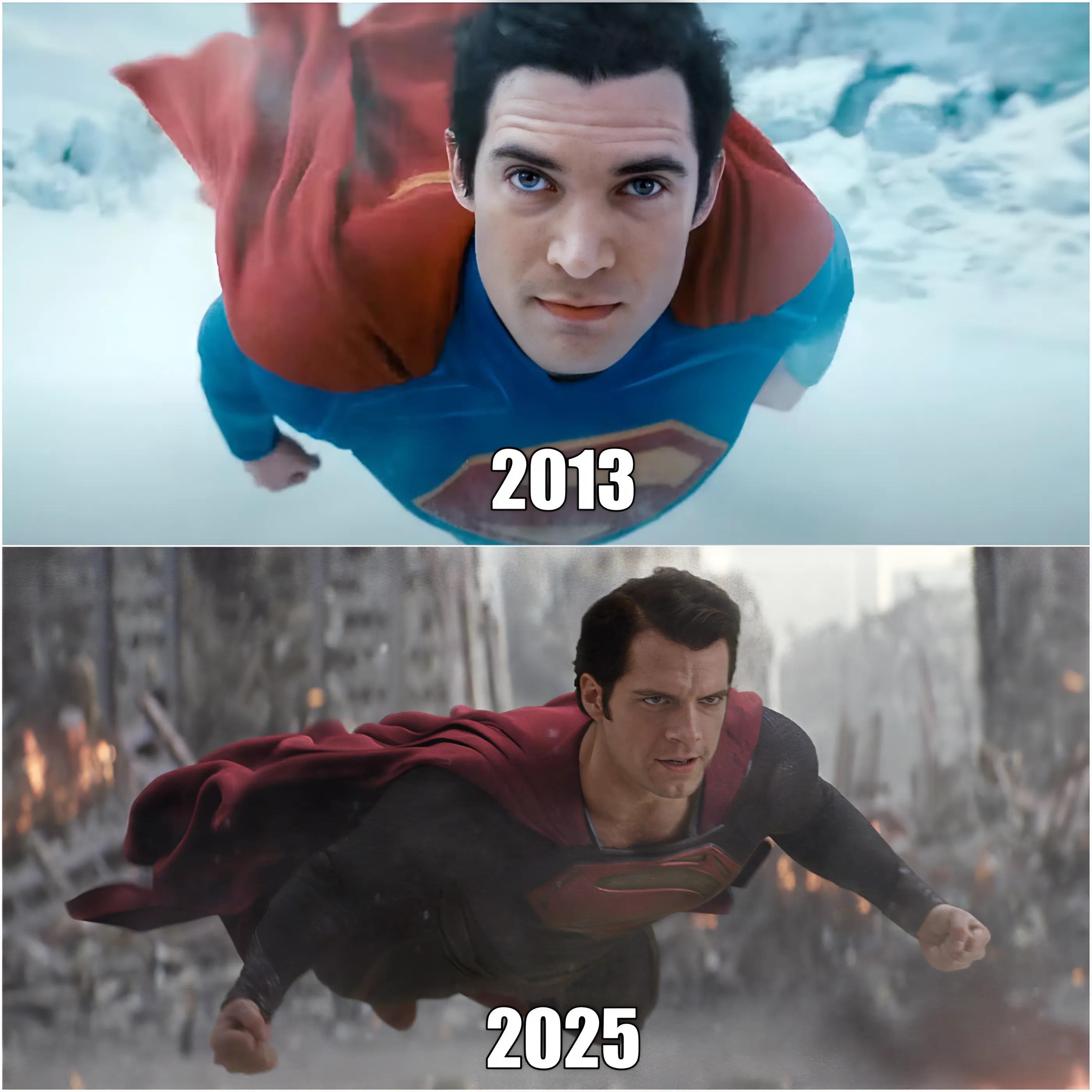
Gunn’s Superman introduces a brighter, more hopeful take on the character, moving away from the darker, dramatic tone of Snyder’s DC Extended Universe (DCEU). The flight scenes, filmed with IMAX-certified RED Digital Cinema cameras and Leica Tri-Elmar lenses, emphasize vivid, high-resolution imagery. Cinematographer Henry Braham, known for his work on Guardians of the Galaxy Vol. 3, utilized a specialized rotating rig to capture Corenswet’s dynamic mid-flight turns, simulating the physics of flight without relying heavily on CGI. Gunn has claimed “zero CGI” was used on Corenswet’s face, addressing fan concerns about an “uncanny” or “overly smooth” appearance in a TV spot released during the NFL Conference Championship games in January 2025. This spot, featuring Superman soaring over Svalbard’s icy landscapes, highlighted his hair flowing naturally in the wind—a detail fans praised as a first for modern Superman films. However, some criticized the wide-angle lens for distorting Corenswet’s face, with outlets like Forbes noting it “looks weird,” sparking debates about whether practical effects trump CGI-heavy predecessors.
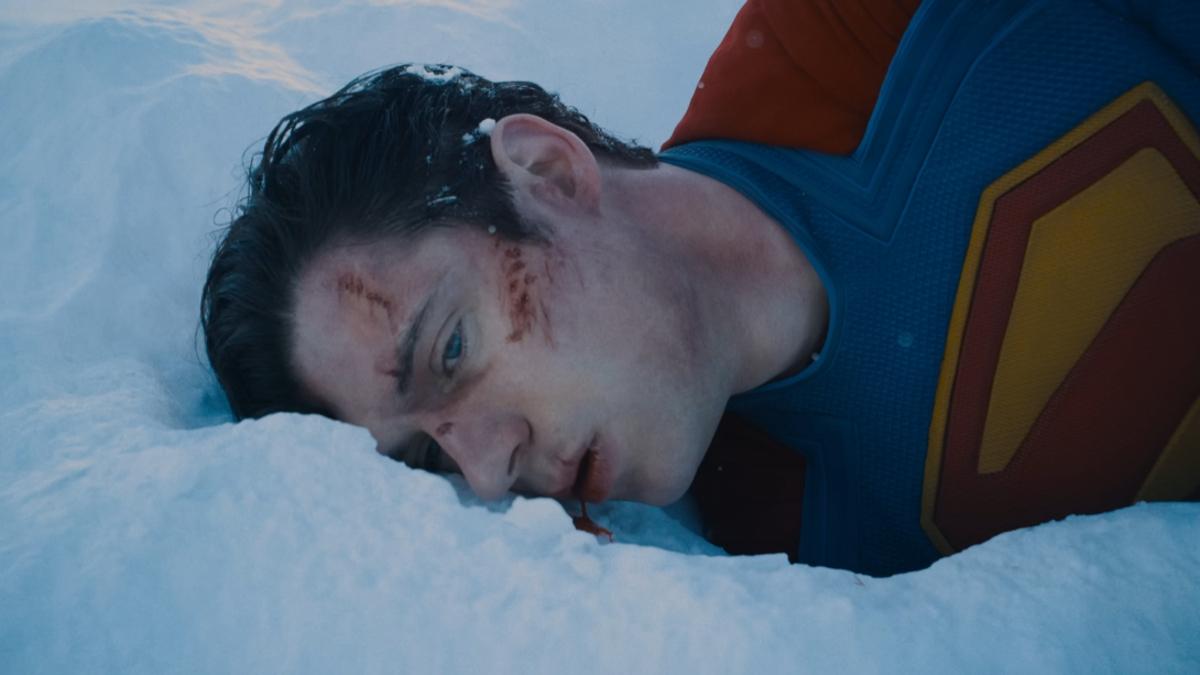
In contrast, Cavill’s Superman in Man of Steel relied heavily on CGI to depict high-speed, almost militaristic flight sequences. Snyder’s vision, shot with a mix of Arri Alexa and Red Epic cameras, emphasized a godlike, otherworldly Superman, with flight scenes that felt raw and powerful but often lacked the personal touch Gunn aims for. Fans on platforms like Reddit and X have compared stills from both films, with some arguing that Man of Steel’s flight scenes, despite being over a decade old, appear “light years better” due to their polished CGI and epic scale. Others, however, appreciate Gunn’s approach for its grounded authenticity, noting that the rotating rig and practical effects create a more dynamic, humanized Superman. A notable moment in Gunn’s trailer shows Superman shielding a girl from an explosion mid-flight, a scene that echoes the heroic, accessible tone of Christopher Reeve’s Superman but contrasts with Cavill’s more stoic, less emotive flights.
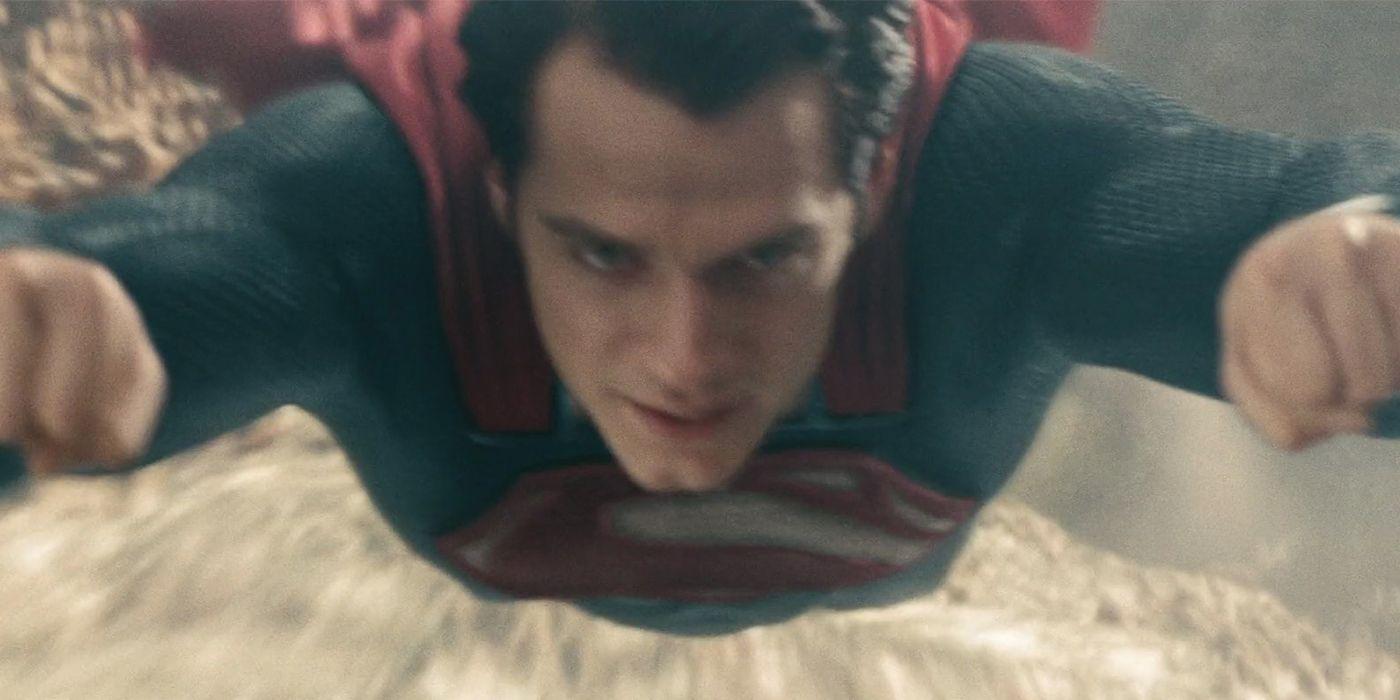
Tyler Hoechlin’s Superman in Superman & Lois, produced on a fraction of a blockbuster budget, has also entered the conversation. Fans have shared side-by-side GIFs on X, comparing Hoechlin’s flight scenes to Corenswet’s. The CW series, praised for its emotional depth, used simpler CGI to depict Superman’s flights, often focusing on his interactions with family rather than spectacle. Some fans argue that Hoechlin’s Superman “mogs” Gunn’s version, citing the TV show’s ability to convey heart despite limited resources. However, others counter that Gunn’s use of practical effects, like the Stabileye Nano for stabilizing aerial shots, elevates the cinematic experience, making Superman’s flight feel more tangible. A TV spot showing Superman flying over Metropolis, with subtle wind effects on his cape, has been likened to Adam Warlock’s flight in Guardians of the Galaxy Vol. 3, showcasing Gunn’s signature blend of humor and heroism.
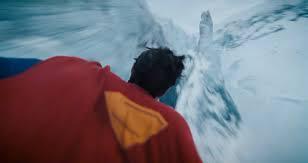
The debate also touches on narrative context. Gunn’s Superman, set in a world already familiar with superheroes, explores Clark Kent’s struggle to reconcile his Kryptonian heritage with his human upbringing. Flight scenes, such as one in the Fortress of Solitude where robots heal Superman with sunlight, reflect this internal conflict, drawing inspiration from Grant Morrison’s All-Star Superman. Conversely, Man of Steel’s flights often symbolized Superman’s alienation, with sweeping, high-altitude shots emphasizing his distance from humanity. Fan reactions remain polarized: some see Gunn’s practical approach as a refreshing return to Superman’s roots, while others feel Snyder’s CGI-driven spectacle better captured the character’s mythic stature. As the July release nears, these flight scenes will continue to fuel discussions about how Superman should soar in 2025’s cinematic landscape.
